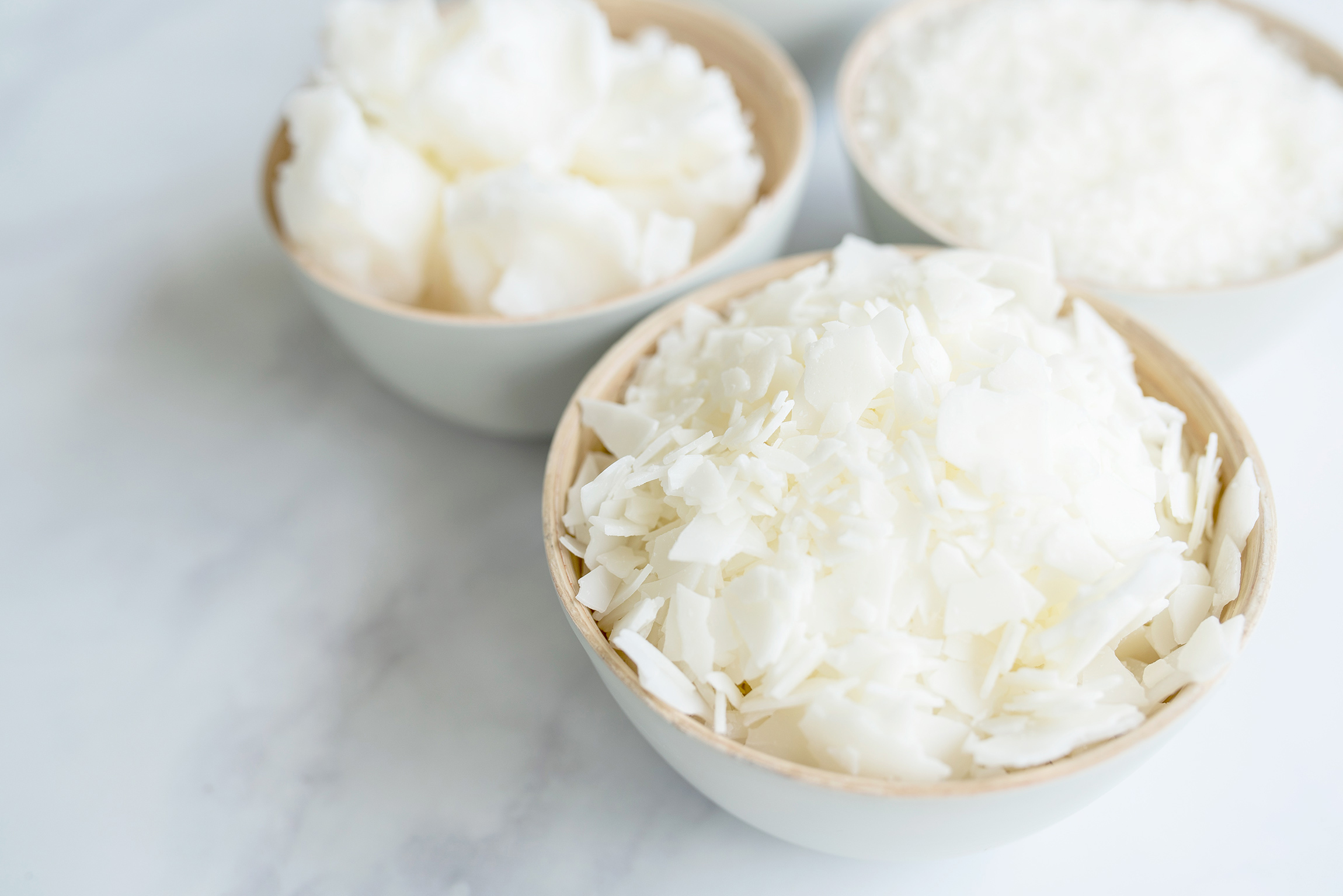Boost Your Room with Premium Soy Wax Candles and Home Fragrance
From Wick to Wax: Comprehending the Chemistry Behind Soy Wax Candles and Their Ecological Effect
As we illuminate our spaces with the warm glow of candle lights, there lies a realm of detailed chemistry behind the apparently straightforward act of lighting a soy wax candle. The selection in between soy and paraffin wax expands past simple aesthetics, diving into the realm of ecological influence and the really composition of the products. Recognizing the molecular framework of soy wax and its burning procedure clarifies the emissions launched right into our environments. Join us as we decipher the scientific intricacies behind soy wax candles and explore their implications on our atmosphere.
Soy Wax Vs. Paraffin Wax
When contrasting soy wax and paraffin wax for candle making, it is important to comprehend the unique qualities and benefits of each product. Soy wax is an all-natural, sustainable resource obtained from soybean oil, making it biodegradable and green - crystal soy candles. In comparison, paraffin wax is a byproduct of petroleum refining, which elevates worries concerning its ecological effect and sustainability
Soy wax candle lights burn cleaner and produce less soot compared to paraffin wax candles, making them a much healthier choice for indoor air top quality. Furthermore, soy wax has a lower melting point, enabling for a longer-lasting candle light that spreads scent better. Paraffin wax, on the other hand, often tends to shed faster and much less cleanly, possibly releasing damaging chemicals into the air.
From a sustainability viewpoint, soy wax is preferred for its biodegradability and renewable sourcing, lining up with the expanding consumer preference for eco aware products. While paraffin wax has been a typical option in candle making because of its price and simplicity of usage, the shift towards environmentally friendly choices like soy wax is acquiring energy in the sector.
Chemical Structure of Soy Wax

Burning Process in Soy Candles
The chemical structure of soy wax directly influences the burning process in soy candle lights, influencing aspects such as melt time, aroma release, and ecological influence. When a soy candle is lit, the warmth from the fire thaws the wax near the wick.
The burning efficiency of soy candle lights is affected by the pureness of the soy wax and the quality of the wick. Additionally, soy wax candle lights have a lower ecological effect contrasted to paraffin candles due to their renewable and eco-friendly nature.

Environmental Benefits of Soy Wax

Thought about a sustainable choice to typical paraffin wax, soy wax uses notable environmental advantages that make it a popular selection amongst eco-conscious consumers. One considerable benefit of soy wax is its sustainable sourcing. Soy wax is derived from soybean oil, which is mainly cultivated in the USA. The growing of soybeans helps support regional farmers and decreases the dependency on non-renewable fossil gas used in paraffin wax manufacturing. In addition, soy wax is naturally degradable, meaning it breaks down naturally without launching dangerous toxins into the setting. This characteristic makes soy wax candle lights a more eco-friendly choice contrasted to paraffin wax candle lights, which are made from oil, a non-renewable resource. Soy wax burns cleaner and produces much less residue than paraffin wax, contributing to far better interior air quality and reducing the requirement for cleaning and upkeep. In general, the ecological advantages of soy wax straighten with the expanding need for environment-friendly and lasting products in the marketplace.
Recycling and Disposal Considerations
Recycling and correct disposal of soy wax candles play a vital duty in preserving environmental sustainability and decreasing waste in homes and communities. When it comes to recycling soy wax candles, the primary step is to ensure that the candle light has shed totally. This can be achieved by permitting the candle light to shed till the wick is no longer useful, and after that allowing the remaining wax cool and strengthen. Once the wax has strengthened, it can be meticulously eliminated from the container.

In terms of disposal, if recycling is not an option, soy wax candle lights are biodegradable and can be securely thrown away in the majority of family waste systems. It is constantly suggested to check with regional reusing facilities or waste management services for details standards on candle light disposal to ensure correct handling and ecological defense.
Final Thought
Finally, site the chemistry behind soy wax candle lights reveals their environmental benefits over paraffin wax candles. Soy wax, stemmed from soybean oil, burns cleaner and produces less residue when contrasted to paraffin wax. The combustion process in soy candles is much more reliable, leading to a longer and a lot more even burn. Additionally, soy wax is sustainable and eco-friendly, making it an extra sustainable selection for candle light manufacturing. Recycling and appropriate disposal of soy wax candle lights better add to their ecological influence.
When comparing soy wax and paraffin wax for candle light production, it is essential to comprehend the unique qualities and advantages of each material (crystal soy candles).Soy wax candles melt cleaner and discharge less soot contrasted to paraffin wax candles, making them a much healthier choice for interior air high quality.Taken address into consideration a lasting option to standard paraffin wax, soy wax uses noteworthy environmental benefits that make it a preferred option amongst eco-conscious consumers. Soy wax burns cleaner and produces less soot than paraffin wax, contributing to far better indoor air top quality and decreasing the need for cleansing and maintenance.In final thought, the chemistry behind soy wax candles reveals their environmental benefits over paraffin wax candle lights